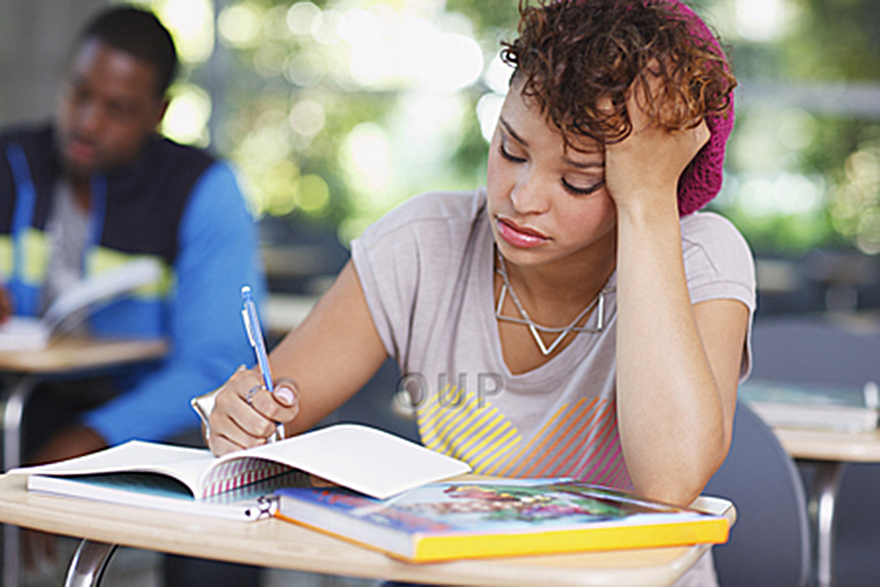
Secondary schools are commonly structured as if all students need the same type of instruction, for the same amount of time, across the same curriculum. While this is far from ideal, it may not seem too problematic in some second language and literacy instructional settings, such as foreign language classrooms, where second language (L2) learners share somewhat similar first language (L1) language and literacy knowledge. However, the structure of secondary most schools can be very problematic in where diversity reigns.
Many teachers of second languages are painfully aware of the fact that the emphasis on “sameness” built into most secondary schools is at odds with the needs of L2 language and literacy learners, who are remarkably diverse. They know that it is not uncommon to find secondary school settings where L2 learners who have never been to school may be sitting, in at least some classes, among L2 learners who are partially literate in one or more languages, L2 learners who are fully literate in L1 but not in L2, bilingual students who are also fully biliterate, and native English speakers who also display a wide range of literacy development.
These teachers of second language learners also know that there are often notable differences between individual learners who happen to fall in each of those categories. Learners may begin second language instruction with very different first languages. Then, first language and literacy use is gradually mixed with second language and literacy use, in ways that are necessarily unique to each individual. As learners develop their abilities to use their languages and literacies, the varied effects of cultural backgrounds, life experiences, personal interests, academic background, linguistic understandings, and literacy skills accumulate with each passing school year.
Fortunately, becoming biliterate involves developing an interlanguage that is flexible enough to be useful in various L1 or L2 language and literacy contexts and the process underlying that development takes place in a generalized fashion, although not in the synchronized or linear fashion suggested by school structures. Therefore, despite considerable diversity among students, academic language and literacy learning that must occur alongside content learning can be grounded in single set fundamental principles:
- Languages and literacies and the strategies associated with meaning making are interdependent, not separate. Reading, writing, listening, speaking, and viewing are all meaning based ways to communicate and compliment one another. Integrating them enables students to make flexible use of them as they make meaning of academic content.
- Academic learning in one’s first language and academic learning in one’s second language are also interdependent, not separate or isolated from each other. Instead, they are manifestations of a common underlying proficiency that can be developed and applied to reading, writing, speaking and listening about content in either language. Further, since the use of L1, mixed language, or a student’s developing interlanguage represent varying manifestations of a common underlying proficiency, affording students opportunities to choose among them as they learn academic content enhances L2 academic language and literacy learning.
- Active participation in actual language and literacy activity serves the needs of all students as they acquire language and literacy, but is particularly valuable for L2 students who may need the active support available from both teacher and peers that collaboration affords. Further, active languaging drives thinking just as thinking drives languaging and literacy. Therefore, carefully designed collaboration among flexibly grouped students can work to create an age-appropriate, cognitively compelling setting and exposure to diverse ideas and perspectives for diverse learners.
The forthcoming webinar will briefly discuss that interdependence among languages and literacies and the transferability of L1 literacy strategies to L2 learning. It will also present specific strategies and techniques that are effective for supporting academic second language learning during active languaging while reading, writing, listening, speaking and viewing.